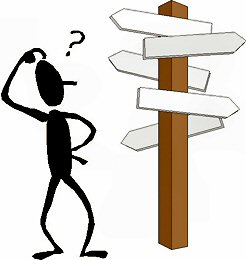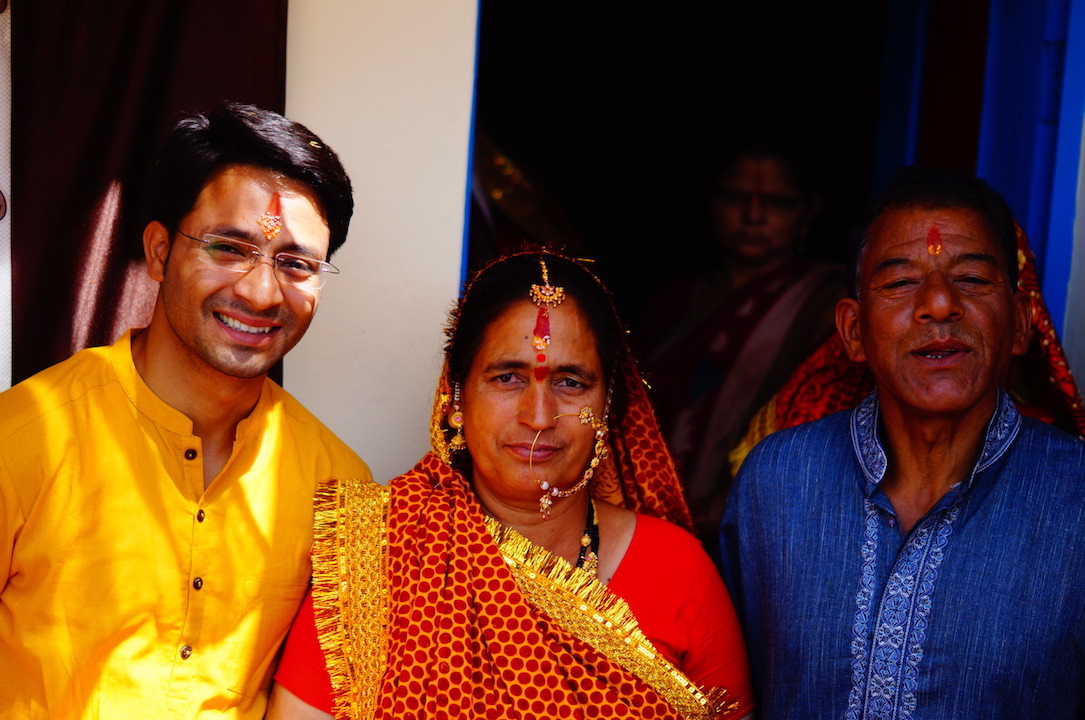India is the country with maximum number of poverty alleviation programme and after independence it was the prime agenda of all the five year plans to eliminate the poverty. There are different stakeholders working for poor people like central government, state government, and CSOs (NGOs and CSOs are same for me) but still gap between India and Bharat is increasing with every passing day. Let us first know the short profile of the key players of development sector.
In the year 2012-13 annual budget, our finance minister proposed 5, 75,000 crore Rs only for agricultural credit and total around 2, 06, 805 core Rs were allocated under key existing development interventions like MGNREGA, ICDS, and NRLM1. Apart from key programms there are other programmes supported by stated governments are also parallel in function for supporting the poor population of India. Unfortunately in spite of all these endeavors one report published by Oxford poverty and Human Development Initiative (OPHI) in 2010 stated that eight Indian states together have a larger population below poverty line than the entire population of the 26 poorest countries of African nations combined.

This report surprises in first glance because as per our planning commission method to describe the poor (Tendulkar committee report) identifies that 354.68 million in 2009-10 is under below poverty line. This estimate is based on daily per capita consumption of 28.65 Rs in urban cities and 22.42 Rs in rural areas. How funny that one day our industrial ministry proudly makes statement in parliament that our country is second fastest growing world across the world in last decade and next day data comes that one of every third child in India is under weight (HuNGAMA report). So how much that so called GDP growth percolates up to poorest the poor that we can understand by a simple fact. In 1993-94 calories (Kcal) per day available in rural area was 2153 while it was 2073 in urban area; in 2009-10 it was 2020 in rural area and 1946 in urban area. Two-thirds of the country’s population has lower nutritional intake than required.
It is the present day scenario created by government policies and poverty reduction programme but what about Civil Society Organizations (CSOs) and Non Profit Organisations (NGOs) who are also in the business of poverty reduction? Now let us see other side of the coin that how they are contributing for poverty reduction.
India has possibly the largest number of active non-government, not-for-profit organizations in the world. As government data put all the number together; till 2009, at 3.3 million are registered under different acts. It indicates that we have one NGO for less than 400 Indians.

More interestingly this number is more than number of primary schools and primary health centers cumulatively exists in India 2. Data says that CSOs got around 10338 crore Rs under FCRA act from foreign sources alone; overall from 2001-09 CSOs got 70000 crore Rs received from foreign sources to continue the poverty alleviation programme under different themes. Beside the foreign aid NGOs are getting support from private donors, and other sources to work for poor people. It gives an idea that in paper how much a section of our society is dedicated for solving different development issues across the India but still problem is the same and people are suffering?
My very personal understanding is that we all are in cross road because we deserve to be here. In Parliament our leader daily fight with the brand name of poor people (see FDI retail discussion where all political party are giving logic for small and marginal farmers), but once things come in practice it only works for corporate. Our words and our dialogues always carries socialistic approach to solve the purpose but once we come in action we behave like hard core capitalist who always driven by profit. Our poverty reduction programme should be driven with a vision of reducing the poverty but unfortunately it always driven by vote politics (UID project future is still in dilemma but cash subsidy is already declared by government on that basis).

Internal security threat like Naxalite is spreading in tribal areas;surprising that after independence and now our 13 states are touched by Maoist movement and our prime minister sir also accepted that they are largest threat for security. Respected sir it is spreading because even after 60 years tribal are very far from development interventions but very much vulnerable for coal mining and deforestation. Imposed development is forcing them to hold the weapon and tag as “Maoist”. Skilled unemployment is forcing youth mass to migrate to cities and ultimately number of problems like labour shortage in agriculture and pressure in urban infrastructure is increasing. Government mechanism is stuck and ultimately poor are suffering either they are in village or in slum, coastal or in desert, hill or in tribal areas.
Second major stakeholder, CSOs never have been seen as a big player in poverty reduction business until 1990, once NABARD promoted SHGs through NGOs in south India, very rapidly NGOs increased to mobilize the community in SHG model. At present in all the states, in all the contexts, with type of communities NGOs are working in one or another form. Government also have participatory approach with NGOs as they had excellent competence to mobilize the community at grassroots level. In recent time a new face of CSOs (largely NGOs are also part of CSOs) when Anna movement had mobilize the entire country against corruption. Society has never seen NGOs with respect because maximum NGOs are working as profit earning unit or tax saving mechanism. Unfortunately people in NGO sector also not driven by the serving passion but more of grant money lures the people in NGOs. If grant is there, NGO will work with the community, once grant will be over, NGO will also runoff. This happened again and again so today when anyone says that 3.3 million register bodies are in India to serve the poor, this data does not give a satisfaction but it is a subject of mockery now.
I am working in an NGO and every day whenever I read or listen any development issue than again and again same question strikes in my mind.

Why this contradiction? Why large section of society is not part of this growing GDP? Why still undefeated poverty is spreading with each passing day? Why our key stakeholders are at crossroads and crying for liberalization phase-2 and foreign FDI support to bring prosperity for poor people Who is responsible and who have the solution? I am also at crossroad because we all have number of data to prove that something is wrong and anyone can figure out what is wrong? But once we start to talk about solution, everyone looks to each other for that. For speaking we are well wishers of poor but for action we all want a lavish life without any challenge and disturbance. Everyone likes Anna but no one wants to be Anna. Everyone takes about poverty and development issues vehemently in interviews, speeches, and conferences but no one want to work with the farmers for sustaining their livelihood. In that context how a mechanism will take place to defeat the undefeated poverty, that is the unsolved mystery for me and hope for few others also.

SIR there are many problems which are responsible for increasing gap between SHINING INDIA and POOR BHARAT….. more than half Indians are poor and struggling for two times of meal…every year millions of children die from hunger, millions of children are still unable to access for quality education, thousands of women die due unavailability of proper care during after pregnancy, due to anemia, or some other easily prevented diseases….. Problems not lies on the part of government but also on the part of civil citizen of this country……there are many problems in the whole developmental structure…..
According to my understanding Here I am listing some of the basic problems which are responsible for increasing the gap of INDIA & BHARAT:-
i. Population is increasing day by day whereas resources are not increasing at that rate and no one is taking it seriously. Although population growth have been declined in census 2011 but still its not at satisfactory level..
ii. Lack of Proper and actual utilization of fund by govt organization, NGO’s and VO’s which is allocated for different developmental programs or projects. Hence advantage is more taken by govt org, NGO’s than needy poor segment.
iii. Lack of accurate information and awareness of these developmental programs at grass root level that’s why these poor are unaware of the real benefits, services, assistance provided under these programs and thus advantage is taken by others.
iv. Lack of strict audit authority/ system, which regularly and timely monitor the entire process from top to bottom so that fund is utilized in a genuine way without any exploitation.
v. Lack of proper understanding of development procedure among youth. From very early childhood education regarding language, science, maths, computer is given to us but rural development education is given only at higher level.. that’s why many young students are unaware of this sector that’s why they are unable develop interest regarding developmental sector hence they are fail to serve for whole society.. That’s why people likes “ANNA” but don’t want to be Anna.
So in order to bridging this gap it is must to making the developmental structure honest from TOP to BOTTOM & developing interest among youth for social work..then only this gap will be filled in near future…
LikeLike
Ask a geek on the road having McD burger with all his stud looks, he will make you count all rotten chickens of India. The biggest problem for we Indians is that we are good at creating good hot air, talking a lot about problem while a few talks about solution and above that a very minute actually works on them. We are good at creating momentary euphoric actions to change while chage is continuous process and for that one has to keep on engaging. We get outrageous and after a few while we forgett thinking things to be incorrigible. India is not shining while its mere 52 rich families are shining while the disparity is heavily widening.
LikeLike